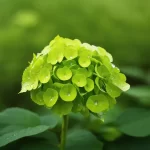Little Lime vs limelight hydrangea refer to two closely related varieties of the popular hydrangea, serving as a delightful addition to any garden. The little lime hydrangea is a compact, dwarf version of the Limelight Hydrangea. While both species belong to the panicle hydrangea family, they significantly differ in size, growth habits, and visual impact.
Overview of Little Lime and Limelight Hydrangeas
Little Lime Hydrangea
- Scientific Name: Hydrangea paniculata ‘Little Lime’
- Height: Typically grows between 3-5 feet
- Width: Similar spread of around 3-5 feet
- Bloom Color: Starts as lime green and transitions to a soft pink as the summer progresses
- Bloom Time: July to September
- Hardiness Zones: 3 to 8
- Light Requirements: Full sun to part shade
- Soil Requirements: Well-draining soil
Limelight Hydrangea
- Scientific Name: Hydrangea paniculata ‘Limelight’
- Height: Generally 4-8 feet tall
- Width: Spreading 6-8 feet
- Bloom Color: Vibrant lime green blooms that mature to creamy white and then pink
- Bloom Time: July to September
- Hardiness Zones: 3 to 8
- Light Requirements: Full sun to part shade
- Soil Requirements: Well-draining soil
| Feature | Little Lime Hydrangea | Limelight Hydrangea |
|---|---|---|
| Height | 3-5 feet | 4-8 feet |
| Width | 3-5 feet | 6-8 feet |
| Bloom Color | Lime green to pink | Lime green to creamy white to pink |
| Bloom Time | July – September | July – September |
| Hardiness Zones | 3 to 8 | 3 to 8 |
| Light Requirements | Full sun to part shade | Full sun to part shade |
| Soil Requirements | Well-draining | Well-draining |
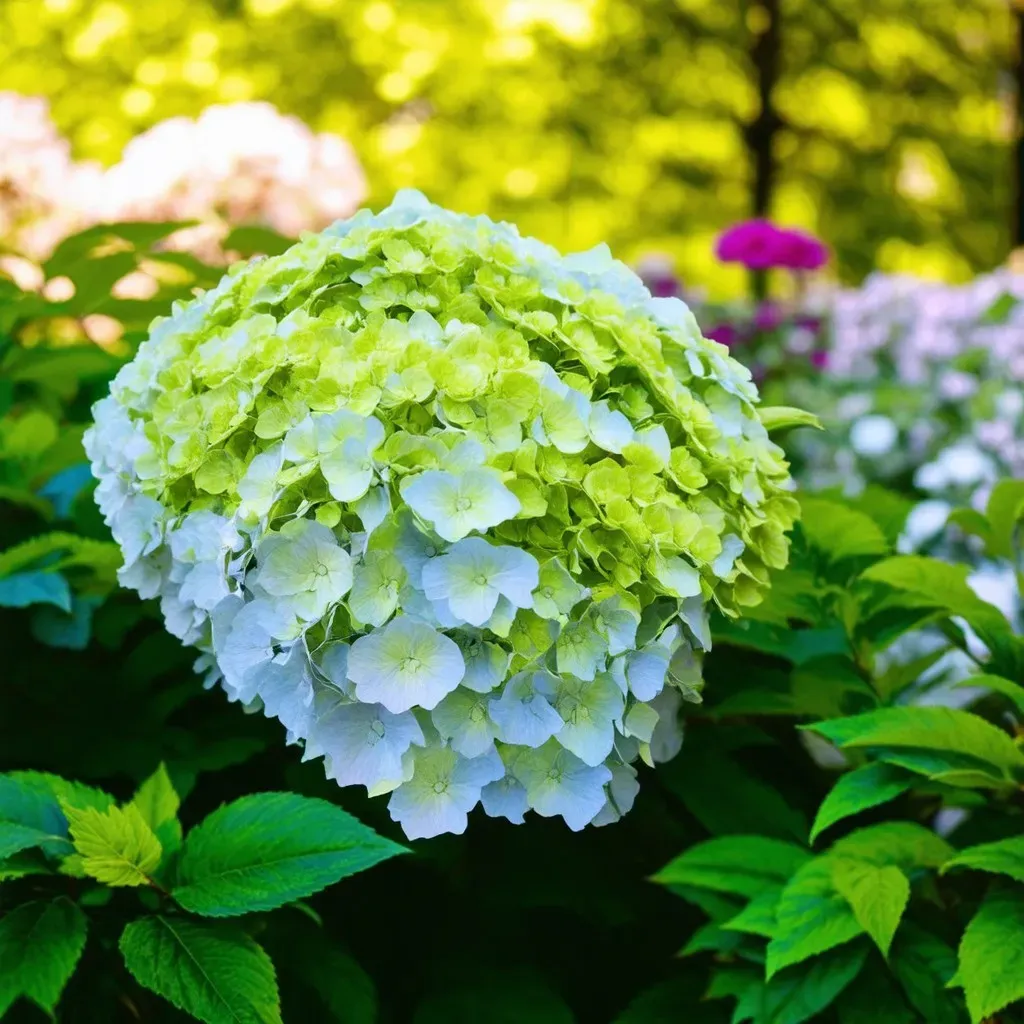
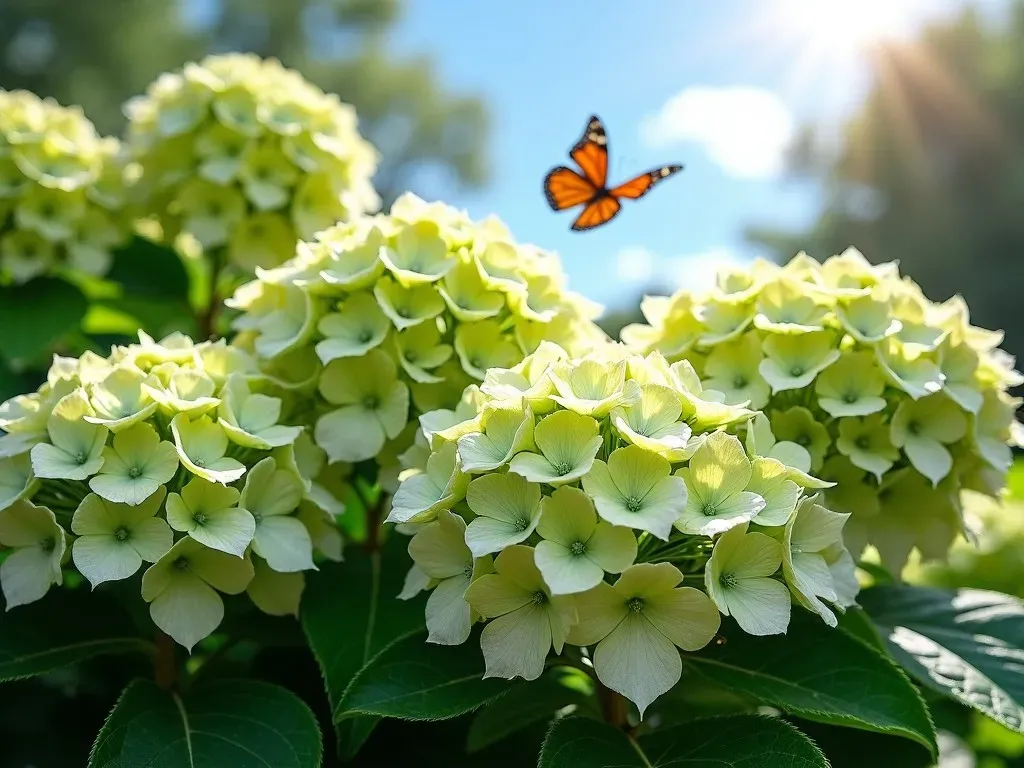
Both hydrangeas are beloved for their large, conical flower heads that create a spectacular display throughout the summer months. However, gardening enthusiasts must choose which variety suits their garden layout and aesthetic preferences.
Growth Habits
The growth habits of the Little Lime and Limelight hydrangeas are notably different. The Little Lime is ideal for small gardens or container planting due to its compact size, while Limelight suits more expansive spaces, providing a dramatic focal point.
Little Lime Growth Characteristics
- Growth Rate: The Little Lime can grow up to 12 inches per year.
- Ideal for small gardens, borders, or containers.
- Retains a more lush appearance due to dense foliage.
Limelight Growth Characteristics
- It can reach heights of up to 8 feet, making it a commanding presence in the garden.
- A great choice for backdrops or tall borders.
- Requires more space between plants to allow for their broader spread.

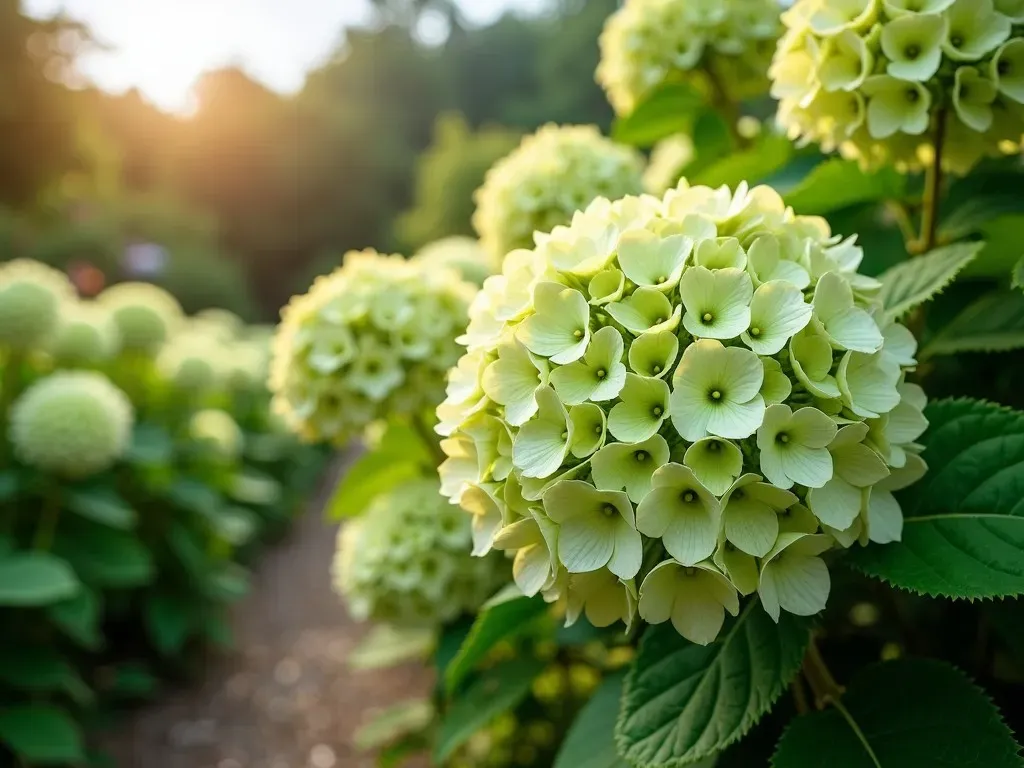
Maintenance Requirements
Both varieties share similar maintenance requirements, but their size differences necessitate distinct approaches to care.
For Little Lime Hydrangea
- Pruning: Annual pruning is important to promote healthy growth and blooms.
- Watering: Regular watering is crucial, especially during dry spells.
- Fertilizing: Applying a balanced fertilizer in early spring will support strong growth.
For Limelight Hydrangea
- Pruning: Often requires more intensive pruning due to larger growth.
- Watering: It thrives in moist but well-draining soil; overwatering can be detrimental.
- Fertilizing: Similar to Little Lime, but may benefit from additional nutrients in larger quantities due to its size.
Reference Video
Visual Impact
Visual impact is where both species shine, albeit in different capacities.
Little Lime
Despite its smaller stature, Little Lime packs a vibrant punch. Its lime-green flowers transitioning to pink create a cheerful ambiance.
- Ideal Uses: Perfect for borders, container gardens, and smaller landscapes.
- Bloom Density: It produces an abundance of flowers, making it incredibly attractive in smaller spaces.
Limelight
Limelight’s grandeur provides a commanding presence, making it best suited for gardens where space is abundant.
- Ideal Uses: Great for background planting, garden beds, and as standalone specimens.
- Visual Features: The color transformation from green to creamy white and finally to pink adds an evolving display throughout the seasons.
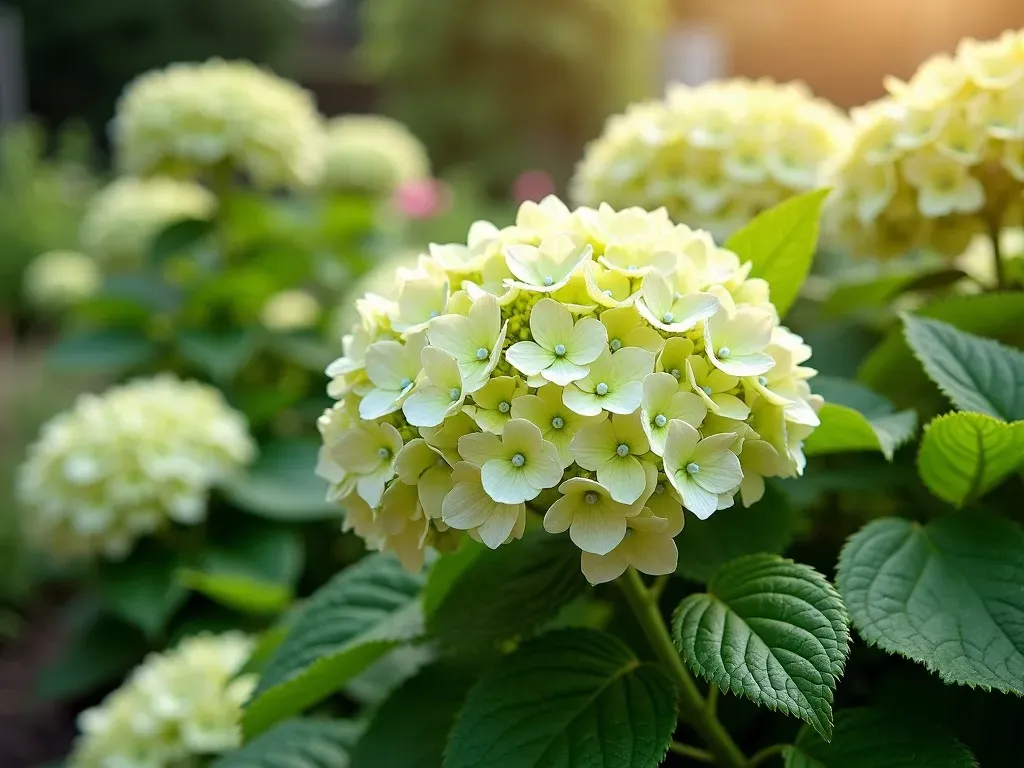

Soil and Sun Requirements
Both hydrangeas prefer a similar environment, but there are subtle distinctions based on size.
Soil
- Little Lime: Prefers slightly acidic, well-draining soil but tolerates a range of pH levels.
- Limelight: Enjoys a slightly acidic pH (6.1-7.0). Proper soil care is crucial given its larger root system.
Sun
- Both varieties thrive in full sun(6-8 hours)to part shade. Limelight may benefit from afternoon shade in hotter climates.
Frequently Asked Questions (FAQ)
1. How do I propagate Little Lime and Limelight hydrangeas?
Both varieties can be propagated through cuttings in spring or through division during dormancy in fall.
2. Do Little Lime and Limelight hydrangeas attract pollinators?
Yes, both varieties are highly attractive to bees and butterflies, making them beneficial for the garden ecosystem.
3. What pests commonly affect hydrangeas?
Common pests include aphids and spider mites. Regular inspection and neem oil treatment can help keep them at bay.
4. How often should I fertilize my hydrangeas?
Feed hydrangeas with a balanced fertilizer once in early spring and again in mid-summer for optimal blooming.
5. Can I grow Little Lime and Limelight in containers?
Yes, both varieties can thrive in large containers, provided they have adequate space and are well-watered.
For further detailed insights on hydrangeas, including care tips, refer to Proven Winners.
In addressing the choice between Little Lime and Limelight hydrangeas, your decision should consider your garden space, desired aesthetic impact, and maintenance commitment. Each variety brings its unique flair and charm, ensuring a colorful summer display.

